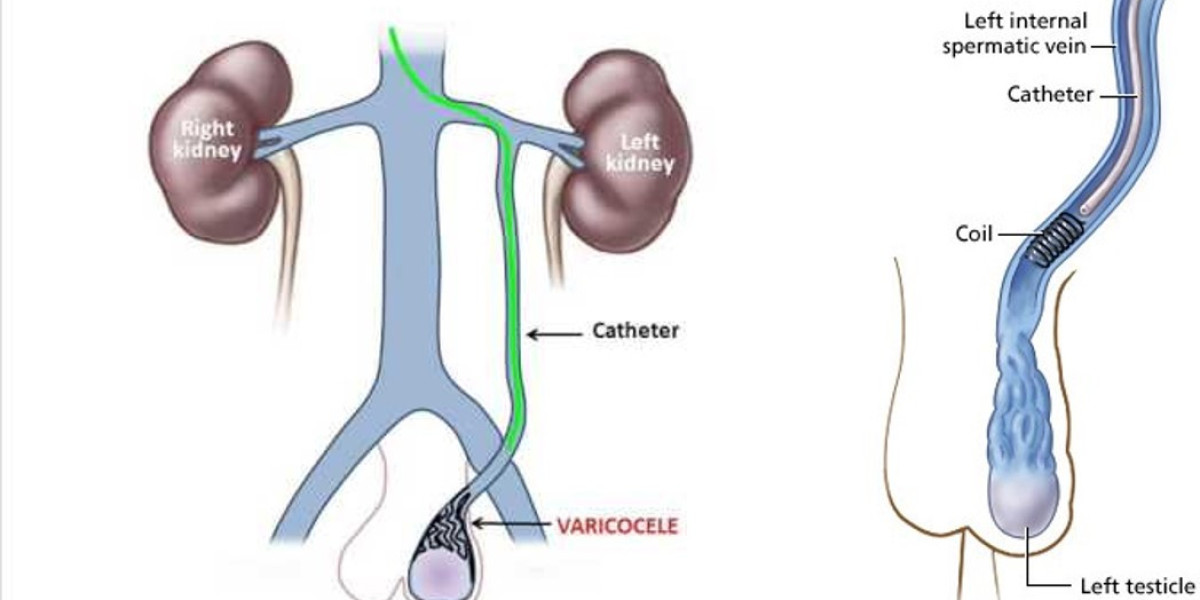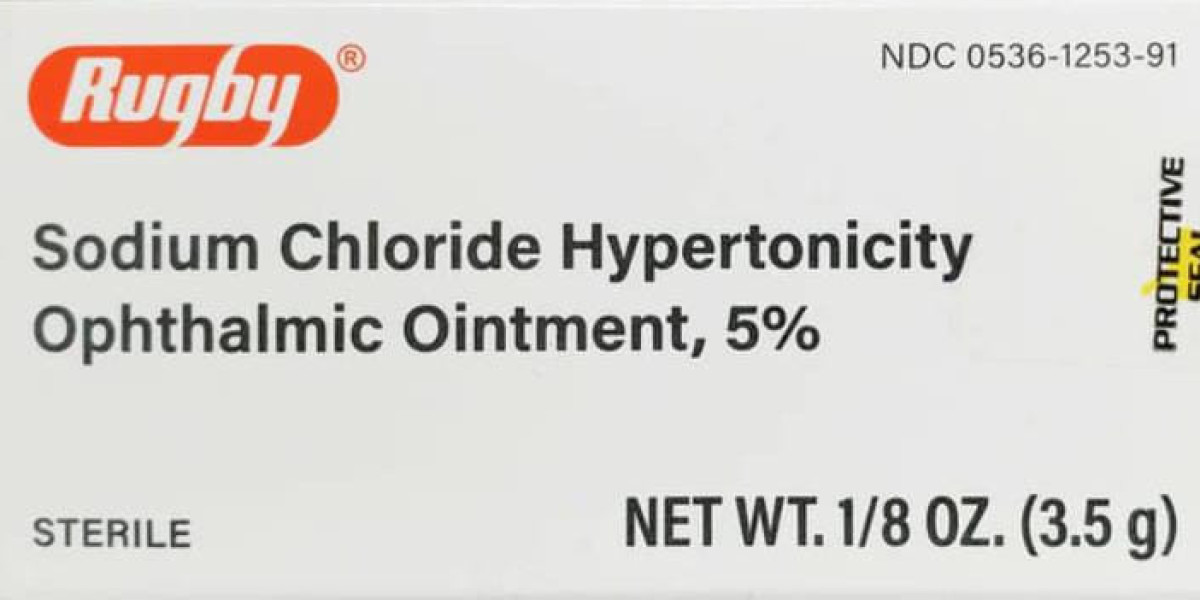Introduction
Varicocele is a common condition affecting men, particularly those experiencing infertility or discomfort due to enlarged veins in the scrotum. Traditional surgical options have been available for years, but a modern, minimally invasive treatment called varicocele embolisation has gained popularity. This article explores everything you need to know about this procedure, including its benefits, the treatment process, recovery, and effectiveness.
What is Varicocele?
A varicocele is an abnormal enlargement of veins within the scrotum, similar to varicose veins found in the legs. This condition can lead to pain, discomfort, and fertility issues due to increased testicular temperature, which affects sperm production.
Symptoms of Varicocele
A lump or swelling in the scrotum
Dull, aching pain
Feeling of heaviness in the testicles
Visible enlarged veins
Decreased sperm quality leading to infertility
Understanding Varicocele Embolisation
Varicocele embolisation is a non-surgical, minimally invasive procedure that blocks the affected veins, rerouting blood flow to healthier veins. This helps alleviate symptoms and improve testicular function.
How Does the Procedure Work?
Preparation: The patient is given a local anesthetic to numb the area.
Catheter Insertion: A thin catheter is inserted through a small incision, usually in the groin or neck.
Guidance Using Imaging: The doctor uses X-ray imaging to guide the catheter to the affected veins.
Blocking the Veins: Tiny coils or a special solution are introduced to block the malfunctioning veins, redirecting blood flow.
Completion: The catheter is removed, and the incision is closed without the need for stitches.
Benefits of Varicocele Embolisation
Compared to traditional surgery, varicocele embolisation offers several advantages:
Minimally Invasive: No large incisions, reducing the risk of complications.
Quick Recovery: Most patients return to normal activities within a few days.
Outpatient Procedure: No need for hospital stays.
Lower Risk of Infection: Since it doesn’t involve open surgery.
Effective: High success rates in improving symptoms and fertility.
Who is an Ideal Candidate?
Varicocele embolisation is suitable for men experiencing:
Pain or discomfort due to varicoceles
Infertility issues linked to varicoceles
A preference for a minimally invasive approach over surgery
Recovery and Aftercare
Most patients experience a quick recovery with minimal discomfort. Post-procedure guidelines include:
Avoiding strenuous activities for a few days
Wearing supportive underwear to reduce swelling
Taking prescribed pain relievers if needed
Following up with the doctor for evaluation
Effectiveness and Success Rates
Research shows that varicocele embolisation has a high success rate, with many men experiencing relief from pain and improvement in fertility. Studies indicate:
Over 85% success rate in alleviating pain
Significant improvement in sperm count and quality
Reduced chances of recurrence compared to surgery
Conclusion
Varicocele embolisation is a safe, effective, and minimally invasive alternative to surgery for treating varicoceles. It offers quick recovery, minimal discomfort, and proven success in symptom relief and fertility improvement. If you’re dealing with varicocele-related concerns, consult a specialist to see if this procedure is right for you.







